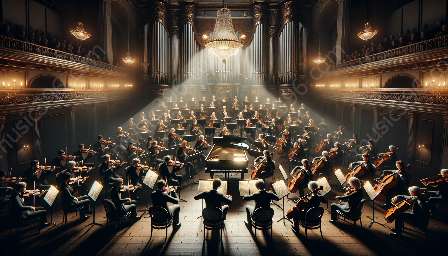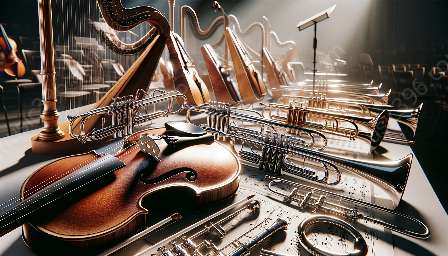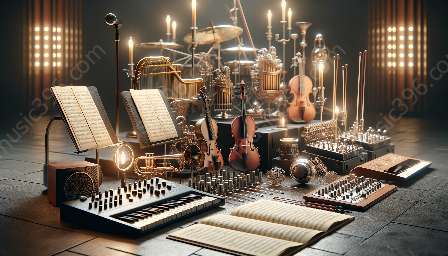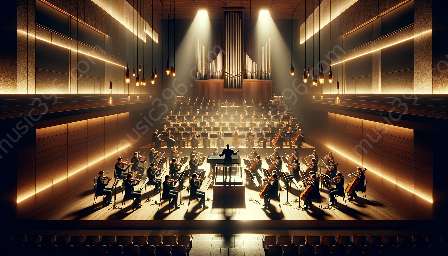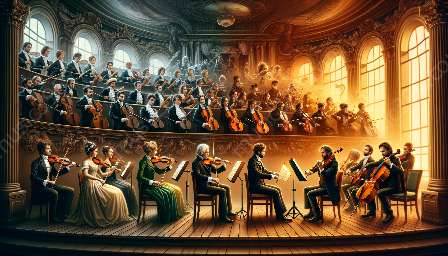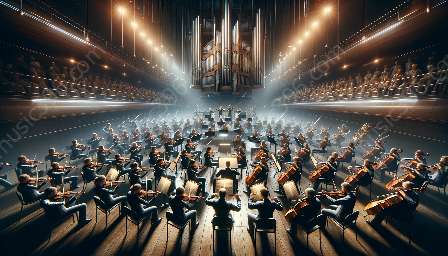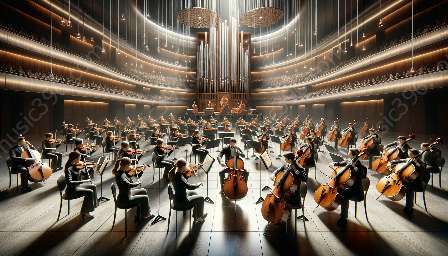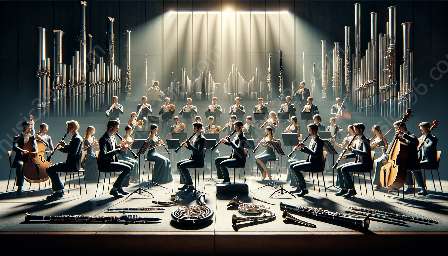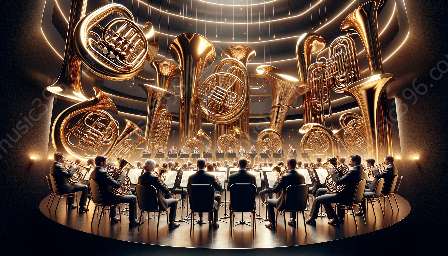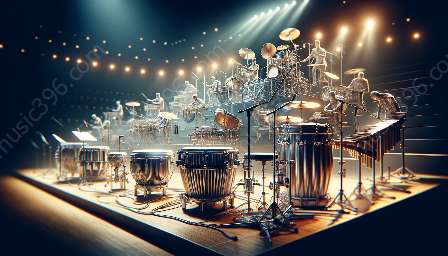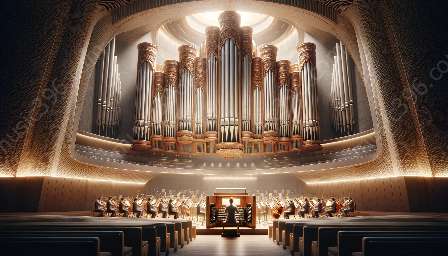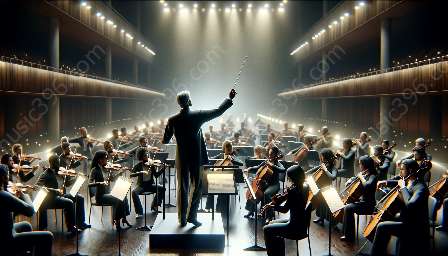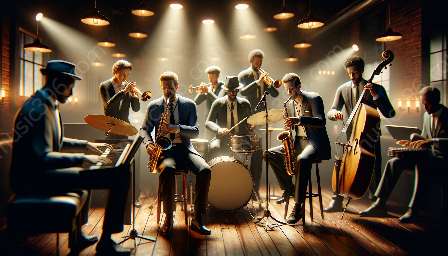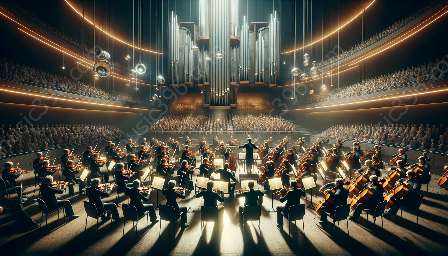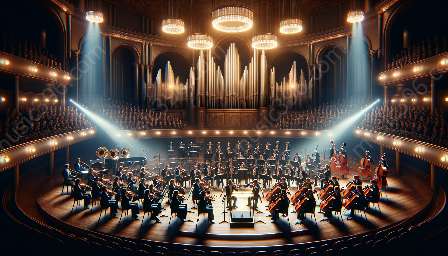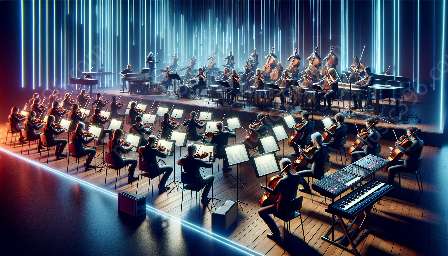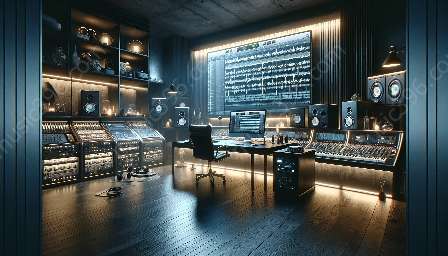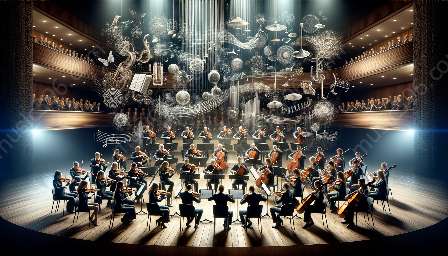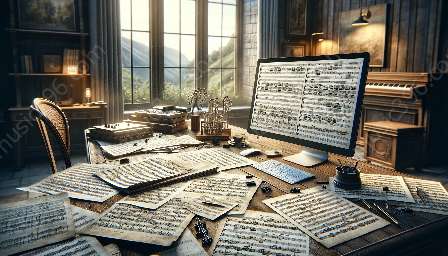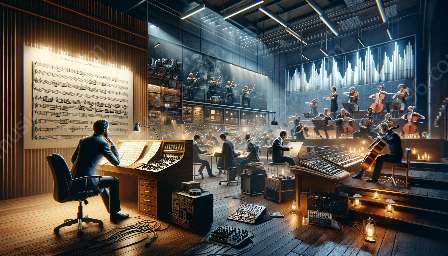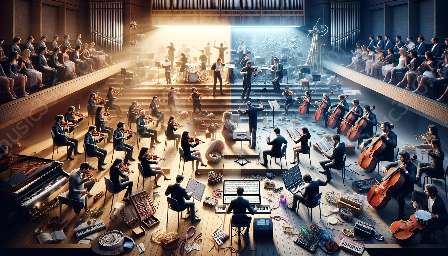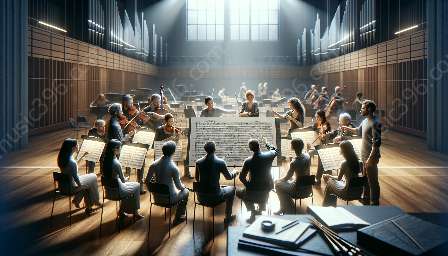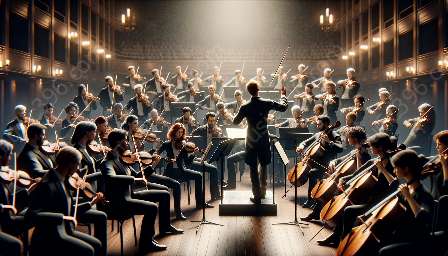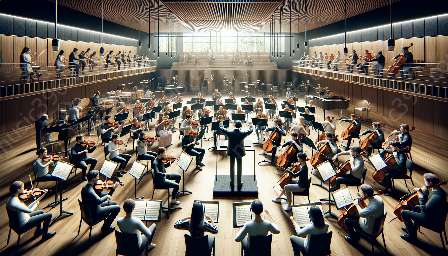Brass orchestration plays a crucial role in music composition and performance, contributing to the narrative and dramatic elements in various musical genres. By understanding the interplay of brass instruments, orchestration, and storytelling, we can delve into the rich tapestry of emotions and expressions conveyed through this powerful musical medium.
The Role of Brass Orchestration in Music Composition
For centuries, composers have utilized brass instruments to convey a diverse range of emotions and themes in their compositions. Brass orchestration encompasses the arrangement and utilization of brass instruments, including trumpets, horns, trombones, and tubas, within an orchestral context or ensemble. This orchestration technique holds significant narrative and dramatic functions, providing depth, intensity, and dynamism to musical storytelling.
Enhancing Emotional Depth and Power
Brass orchestration is renowned for its ability to enhance emotional depth and power in musical narratives. With their resonant timbres and bold presence, brass instruments can evoke a wide spectrum of feelings, from triumph and exuberance to sorrow and introspection. The skillful orchestration of brass sections can amplify the emotional impact of a musical work, creating immersive sonic landscapes that resonate with audiences on a deeply visceral level.
Conveying Heroic and Majestic Themes
From epic film scores to grand symphonic works, brass orchestration is often employed to convey heroic and majestic themes. The triumphant fanfares of trumpets, the regal sonorities of horns, and the commanding presence of trombones collectively contribute to evoking a sense of grandeur, nobility, and triumph in musical narratives. Through strategic orchestration, composers harness the inherent qualities of brass instruments to exalt protagonists, depict epic battles, and elevate narrative climaxes with resounding grandiosity.
Creating Tension, Conflict, and Intrigue
Brass orchestration can also be utilized to create tension, conflict, and intrigue within musical compositions. The piercing staccato blasts of trumpets, the ominous rumblings of tubas, and the resonant chorales of horns can effectively shape the dramatic arc of a musical story, heightening suspense, foreshadowing pivotal moments, and painting sonic portraits of turmoil and unrest. Through deft orchestration, composers weave layers of tension and conflict, imbuing their narratives with gripping emotional dynamics.
Orchestrating Musical Drama and Narrative Arcs
Effective orchestration of brass instruments enables composers to craft intricate musical drama and narrative arcs that captivate and enthrall audiences. By skillfully weaving the unique timbral qualities and expressive capabilities of brass instruments into the fabric of a composition, composers bring forth compelling storytelling elements that resonate with listeners in profound ways.
Characterization and Leitmotifs
Brass orchestration can be instrumental in characterizing themes, motifs, and personas within musical narratives. The distinctive tonal characteristics of individual brass instruments allow composers to establish recurring leitmotifs associated with specific characters, emotions, or story elements. Whether heralding the arrival of a heroic figure or embodying the brooding presence of an antagonist, the strategic orchestration of brass instrumentation can imbue musical narratives with depth and nuance, facilitating thematic continuity and emotional resonance throughout the storytelling journey.
Shaping Narrative Dynamics and Resolution
The judicious orchestration of brass sections can significantly impact narrative dynamics and resolution within musical compositions. By harnessing the broad sonic palette of brass instruments, composers can sculpt the ebb and flow of narrative tension, guide listeners through climactic crescendos and poignant decrescendos, and ultimately resolve the musical journey with emotive finesse. Brass orchestration serves as a potent tool for shaping the overarching narrative arc, imbuing compositions with compelling dramatic contours and fulfilling resolutions that leave a lasting imprint on the audience.
Exploring Genre-specific Expressions through Brass Orchestration
Brass orchestration manifests unique narrative and dramatic functions across various musical genres, each offering distinct opportunities for expressive exploration and storytelling. From classical symphonies to contemporary film scores, the role of brass orchestration in shaping musical narratives is multifaceted and dynamic, reflecting the rich tapestry of human experiences and emotions.
Classical Symphonic Narratives
In the realm of classical symphonic music, brass orchestration assumes a pivotal role in conveying the grandeur, pathos, and emotional intricacies of narrative compositions. Through the interplay of brass instruments within symphonic orchestrations, composers articulate overarching themes, evoke poignant contrasts, and infuse their musical narratives with timeless resonance. Whether evoking the triumphant spectacles of Beethoven's symphonies or the introspective introspections of Mahler's compositions, brass orchestration serves as a cornerstone for elucidating narrative depth and emotional expressivity within the classical symphonic tradition.
Film and Media Scoring
Brass orchestration holds a prominent position in the realm of film and media scoring, where it contributes to the evocative storytelling and immersive world-building in cinematic narratives. From the rousing motifs of swashbuckling adventures to the haunting refrains of poignant dramas, brass orchestration plays a central role in shaping the auditory landscapes of cinematic storytelling. Through strategic instrumentation and orchestration, composers sculpt compelling musical narratives that resonate with the visual, thematic, and emotional dimensions of filmic storytelling, underscoring pivotal moments, defining character arcs, and enriching narrative climaxes with symphonic gravitas.
Jazz and Contemporary Ensembles
In jazz and contemporary ensembles, brass orchestration embarks on a dynamic journey of improvisation, collaboration, and expressive innovation. The blend of trumpets, saxophones, trombones, and other brass instruments in jazz orchestration fosters an environment of spirited musical exchange, allowing for the spontaneous creation of vibrant narrative arcs and emotional landscapes. The interplay of brass sections in jazz compositions infuses storytelling with spontaneity, rhythmic vitality, and harmonic explorations, offering a platform for collective narrative construction and emotive improvisation within the jazz tradition.
Embracing Dynamic Narratives through Brass Orchestration
Ultimately, the narrative and dramatic functions of brass orchestration underscore its profound impact on music composition and performance, enriching musical narratives with emotional resonance, thematic depth, and expressive dynamism. Whether in the grandeur of classical symphonies, the evocative allure of cinematic soundscapes, or the spirited improvisations of jazz ensembles, brass orchestration weaves a compelling tapestry of narratives that resonate with audiences across diverse genres and eras.

